Advertisement
Ever wanted to create a short video just by typing a sentence? That’s exactly what OpenAI’s Sora promises—a tool that turns text into realistic videos. But since Sora isn’t available to everyone yet, what can you use instead? Don’t worry—there are some pretty great free options out there.
Let’s take a look at 6 AI tools that offer similar features to Sora and are free to try. Whether you’re a student making a class project, a content creator with big ideas, or just someone who wants to experiment with AI, these tools can help you get started.
These 6 free AI video tools offer exciting ways to bring your ideas to life, even if you haven't had access to OpenAI's Sora just yet.
What It Does: Runway ML’s Gen-2 is one of the closest free alternatives to Sora right now. It lets you create short video clips from text prompts, images, or even rough sketches.
How It Works: Just type in a scene, like “a robot dancing in the rain at night,” and Runway’s AI will generate a 4-second video that looks surprisingly real. You can also upload an image or use an existing video as a starting point.
Free Access Details: Runway has a free plan with limited video credits per month. It's sufficient to try out the tool and create a couple of creative clips.
Best For: TikTok creators, students, and artists who want to make short, cinematic scenes.
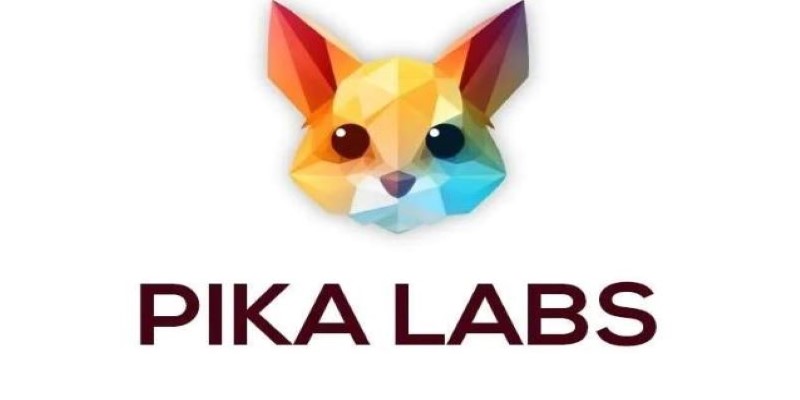
What It Does: Pika is another rapidly growing AI video software. Similar to Sora, it converts text into short videos. Its specialty lies in entertaining, stylized animations—ideal for storytelling.
How It Works: After joining their Discord (where all the action happens), you type in your idea—something like “a cartoon cat exploring outer space.” Within a minute, Pika spits out a video.
Free Access Details: Joining Discord gives you free access to the basic features. You'll get a few credits to start with and can earn more by being active in the community.
Best For: Animated shorts, memes, and quick experiments. Great for younger users or anyone looking for a playful vibe.
What It Does: Kaiber is an AI video generator that turns images or text prompts into moving visuals. It adds camera motion and effects to static inputs, bringing them to life.
How It Works: You can start by uploading an image or typing a text prompt. The tool then builds a short video with pans, zooms, and stylized transitions that make it feel dynamic.
Free Access Details: Kaiber offers a free trial with several render credits. That gives you a chance to see how it works before paying.
Best For: Music videos, art reels, or anyone looking to turn still art into something more dramatic.
What It Does: While Synthesia isn’t focused on cinematic videos like Sora, it's perfect for making talking-head videos where an AI avatar reads your script. Think of it like creating a digital presenter without needing a camera.
How It Works: Pick an avatar, write your script, and choose the voice and language. The AI generates a polished video that looks like a real person speaking your words.
Free Access Details: There’s a free demo where you can test out a short video. For full features, you’ll need a paid plan, but the demo is handy for quick tryouts.
Best For: Educational videos, corporate training, or classroom presentations without filming yourself.
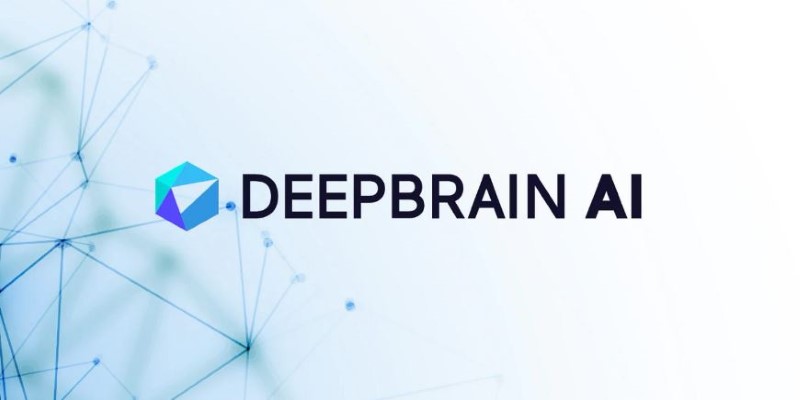
What It Does: DeepBrain is similar to Synthesia, but it offers slightly more lifelike avatars and voice options. It’s another great tool if your goal is narration or explanation instead of movie-style visuals.
How It Works: Type your script, choose a presenter, and let the AI handle the rest. You can add your branding, slides, or subtitles, too.
Free Access Details: You can create one free video by signing up, which is enough to explore how realistic the output is.
Best For: Startups, teachers, and business users who want to explain things without hiring a video team.
What It Does: Artbreeder is more known for creating faces and artwork, but it also has a video feature that lets you morph between images or animate AI-generated characters. It’s not exactly like Sora, but it can still bring AI-generated scenes to life in a creative way.
How It Works: You create or select a few AI images, then morph or animate them together. The result is a surreal, dreamlike video that shifts between scenes or faces.
Free Access Details: Free accounts can make several creations per month, with basic rendering and export options.
Best For: Creative projects, AI art showcases, or trippy music videos.
Sora caught attention because it can make movie-like video clips that look almost real. But it’s not out for public use yet—and even when it is, it’ll likely be limited or cost money. That’s why exploring free tools is smart. You get to learn how AI video works, try different styles, and see what you can create without spending anything.
Plus, these alternatives each have their strengths. While none of them match Sora 100%, you might find one that fits your needs better anyway. Want animation? Go with Pika. Need a presenter? Try Synthesia. Want realistic movement? Gen-2 is your friend.
You don’t have to wait for Sora to start making cool AI videos. With tools like Runway ML, Pika Labs, Kaiber, Synthesia, DeepBrain, and Artbreeder, you've got plenty of options—and they're all free to try. Each one has its style and strengths, so explore and see what fits your creative vibe.
Advertisement
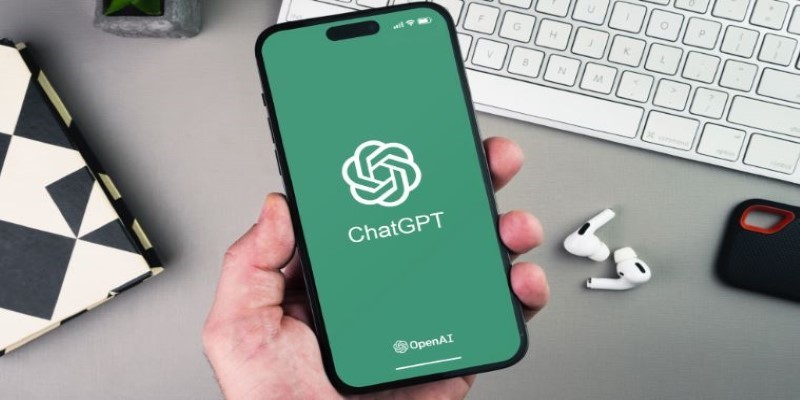
Using ChatGPT daily? These 10 UI improvements could make your experience smoother, faster, and more organized. Here’s what users really want
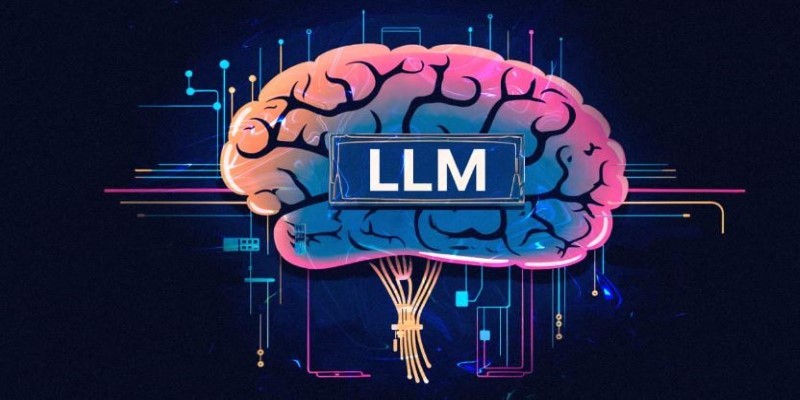
LAMs (Large Action Models) are the next evolution after LLMs, built to take actions instead of just generating text—but they still have a long way to go

Discover 5 hidden ChatGPT features you probably aren’t using—but should. Learn how to boost your productivity with tools like memory, custom instructions, plugins, and more
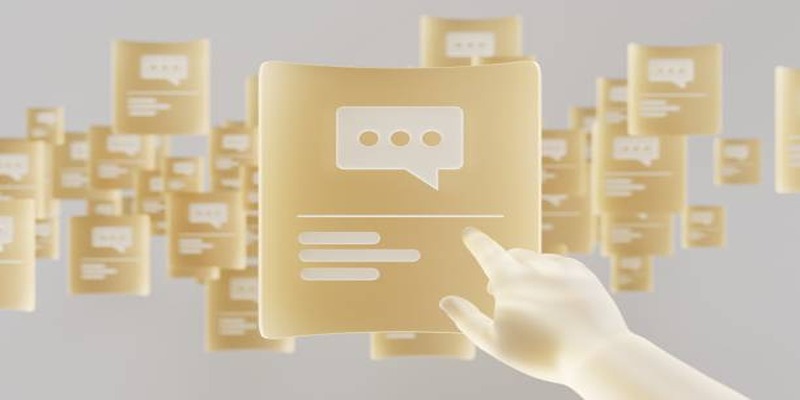
How AI-driven chatbots can streamline business operations, improve efficiency, and boost customer satisfaction effectively.

Curious about Claude 3? This guide breaks down what Claude 3 is, how it works, and the many ways you can use it—from writing help to coding and studying

What AI slop is, why it’s flooding the internet, and how to avoid falling for low-quality AI content with these simple tips

Customize ChatGPT into a Gen Z chatbot with opinions, slang, and style using OpenAI’s newest personality features.

AI tools are facing a training data shortage, but 6 creative solutions—like synthetic data and federated learning—are keeping them on track
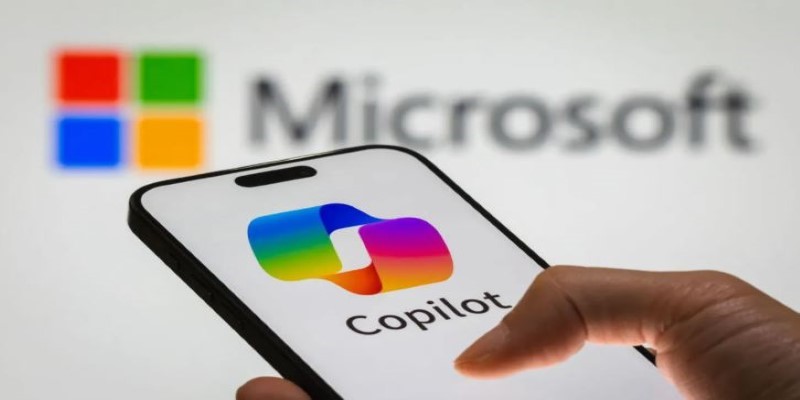
How to use Microsoft's Copilot Image Creator to generate unique AI images from text descriptions. Explore step-by-step instructions and real-life applications of this powerful tool
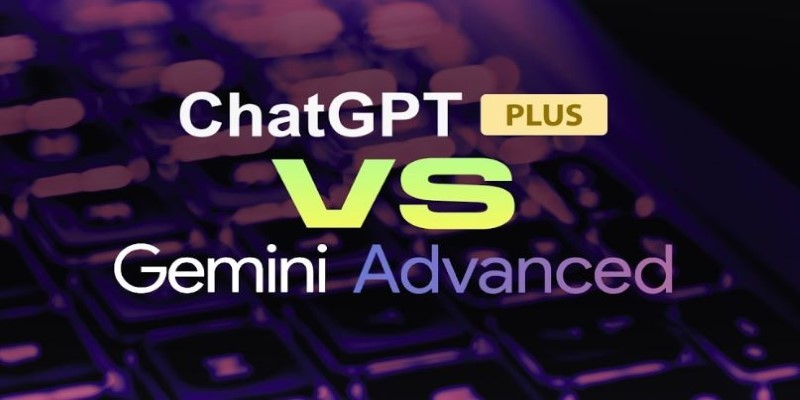
Curious about Gemini Advanced vs. ChatGPT Plus? This friendly guide compares both AI tools in writing, coding, speed, and everyday use to help you pick the right one
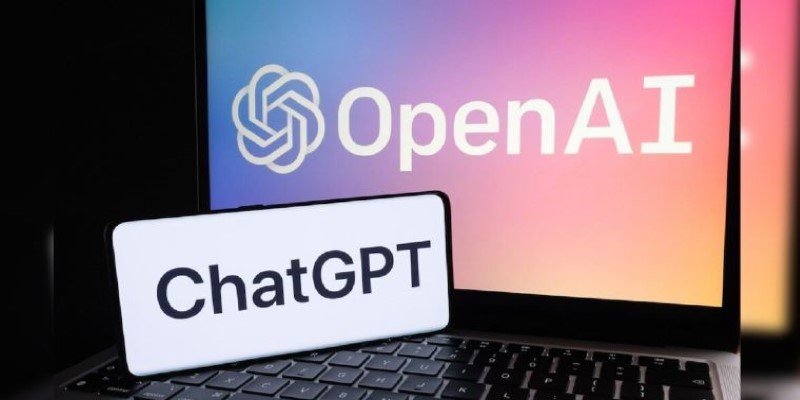
Worried about downloading the wrong app? Here's how to spot fake ChatGPT apps on the Apple App Store and make sure you're using the official version
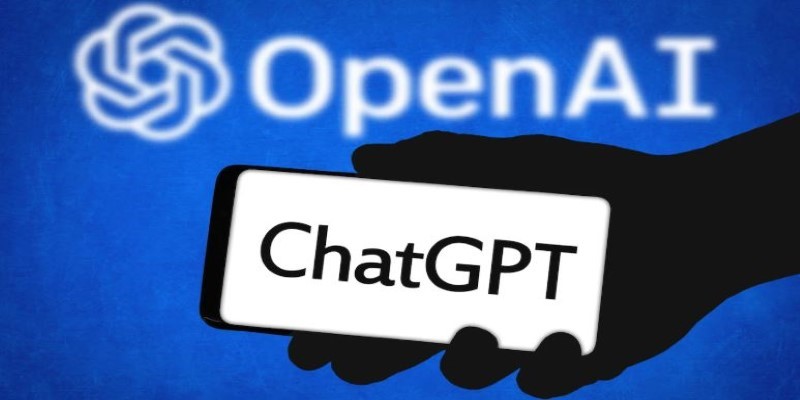
Wondering if ChatGPT plagiarizes? Learn about how ChatGPT generates text, its sources, and how you can use it responsibly without crossing into plagiarism